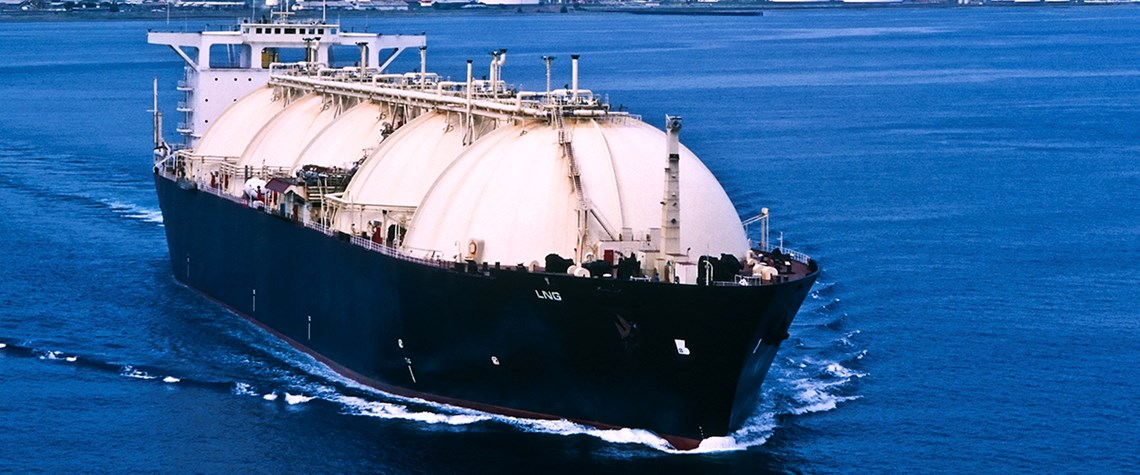Lots of LNG
Australia and the US brought significant new supply on line. But who would buy it all?
In 2017, liquefied natural gas producers looked with hope to the future—and some worry at the present. Demand, they believed, would one day catch up. In the meantime, much new seaborne gas floated often aimlessly into the market. By early 2017, global nameplate liquefaction capacity had reached 340m tonnes a year, more than twice the number from 2005. Another 45m t/y was scheduled to start up by the end of 2017 too (and then another 30m in 2018, and more after that). The long-predicted flood of supply seemed, in 2017, to have arrived. Malaysia, Indonesia, Russia and Cameroon all chipped in—or would by year-end - but the bulk of the LNG came from two countries. Australia in 2017 entered the f

Also in this section
1 April 2025
Strong economic growth targets are encouraging for the country’s energy demand growth, even if meeting those goals might be a tall order
28 March 2025
The Central Asian country is positioning itself as a low-carbon leader, but antiquated infrastructure and a dependence on Russia are holding it back
28 March 2025
MCEDD 2025 took place in Madrid this week with record attendance and a wide-ranging programme, reflecting the deepwater sector’s renewed momentum, strategic focus and accelerating technological innovation.
27 March 2025
Awards celebrate global innovation, leadership and achievement across the energy sector’s people, projects, technologies and companies.







